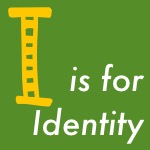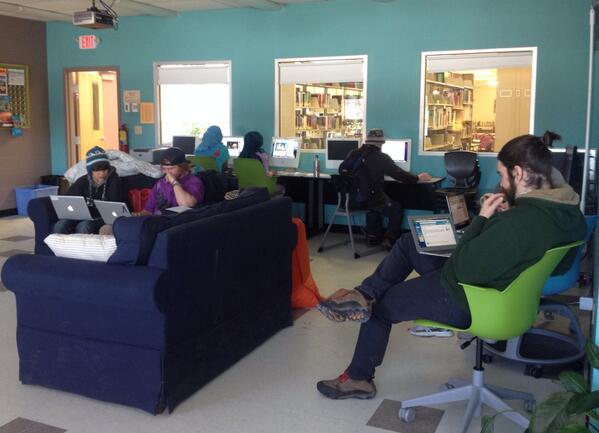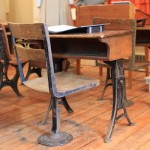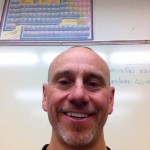Students are creating narrated, curated and portable evidence of their work
[youtube=http://youtu.be/eaJcXQRCjDU&rel=0]
Back in November, a group of educators from Harwood Middle School, in Mooretown VT, headed down to the iPad Summit in Boston, to talk about how Harwood has revolutionized ePortfolios, by making their production part of graduation requirements. They’re asking students to document their artifacts using Evernote. Use of the app in this way allows each student to graduate with a fully annotated, personalized digital portfolio, demonstrating what they’ve learned and how it satisfies Harwood’s graduation requirements.
And if that’s not enough to entice you, there’s 8th grade science educator Brian Wagner dressed as the Wicked Witch from Snow White. FOR PEDAGOGY.





